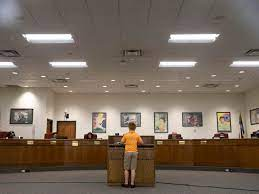New Place to sCuba Dive
In 1958, Fidel Castro and 80 other rebels started the July 26 Movement, which was recognized as the main rebelling group of the government. In 1959, the communist rebels captured then president Santa Clara and exiled him to Portugal. Eventually, Castro and his allies successfully formed a Communist government on the island and lost contact and trade relations with much of the world.
On December 17, 2014, Cuba and the United States made a deal that will serve as the initial step towards restoring relations between the countries both economically and socially. Both countries agreed to releasing prisoners from both sides that had been in confinement for years because they had been spies. In addition, the United States has made plans to build an embassy in Havana, Cuba’s capital.
According to the New York Times, President Barack Obama is issuing easier ways to travel in and out of Cuba. Airlines are working to get direct flights right into Cuba. In addition, U.S financial institutions have more opportunities to participate in business in Cuba. Travelers have the ability to spend money, and can bring back Cuban cigars as long as they are less than 100 dollars. Julia E. Sweig, a long-time author on Cuba, said, “This is basically the end of the travel ban, once they work out the kinks.”
With all these innovations towards restoring relations with Cuba, there have been people skeptical about all this. Senator Marco Rubio from Florida said the new policies are “enriching a tyrant”(CNN). The main problem people have with the new open relations is the lack of trust in Fidel Castro’s brother.
Overall, the new changes are potentially going to change what history textbooks say about U.S-Cuban relations, and there is a long road ahead as to what Cuba can be to the U.S.




